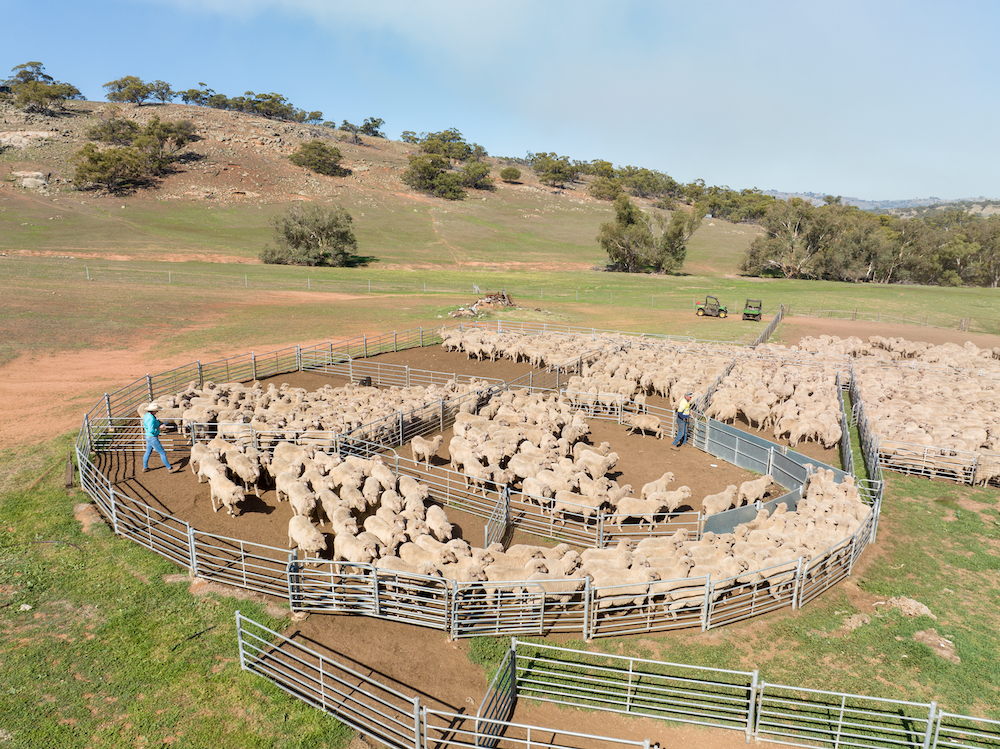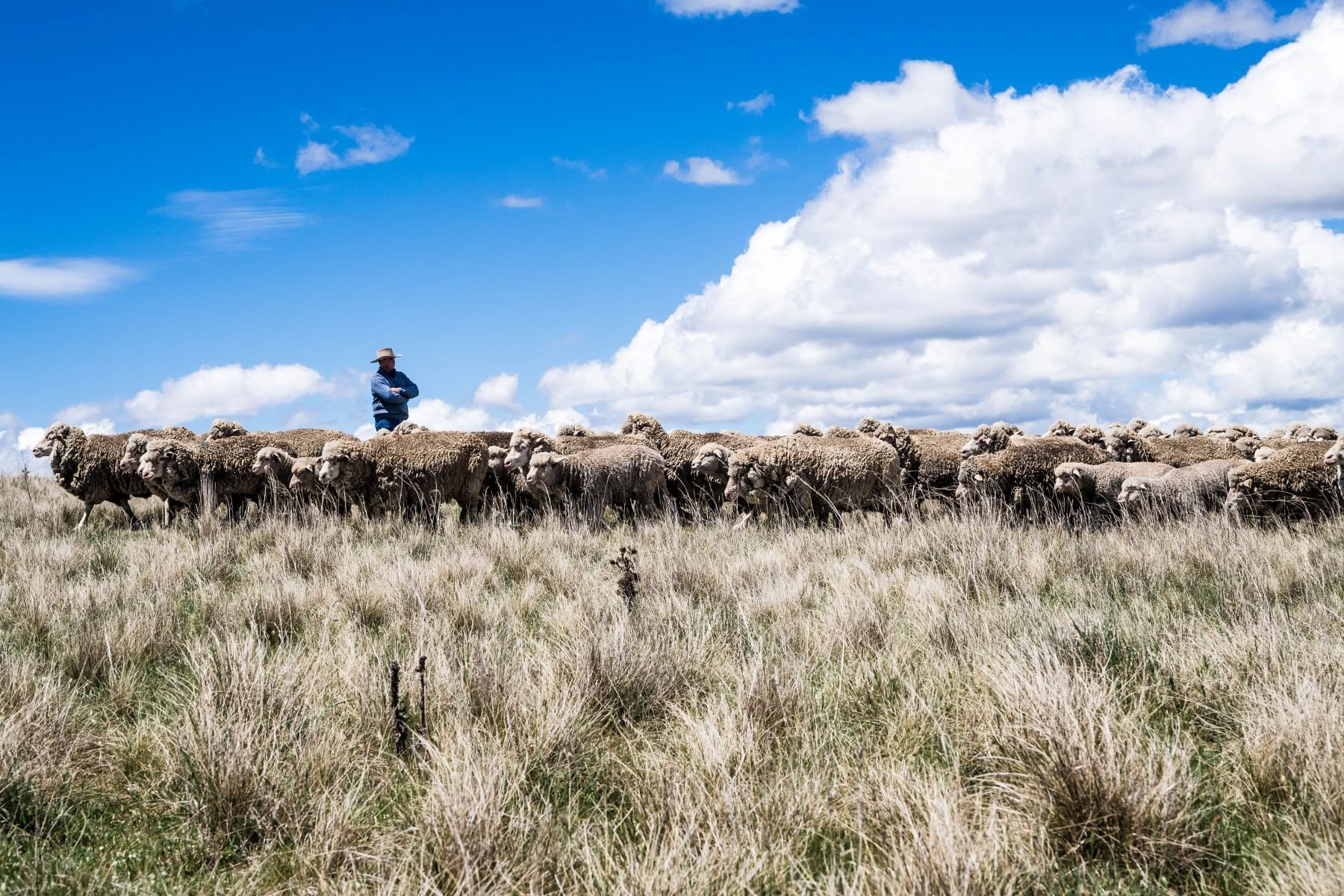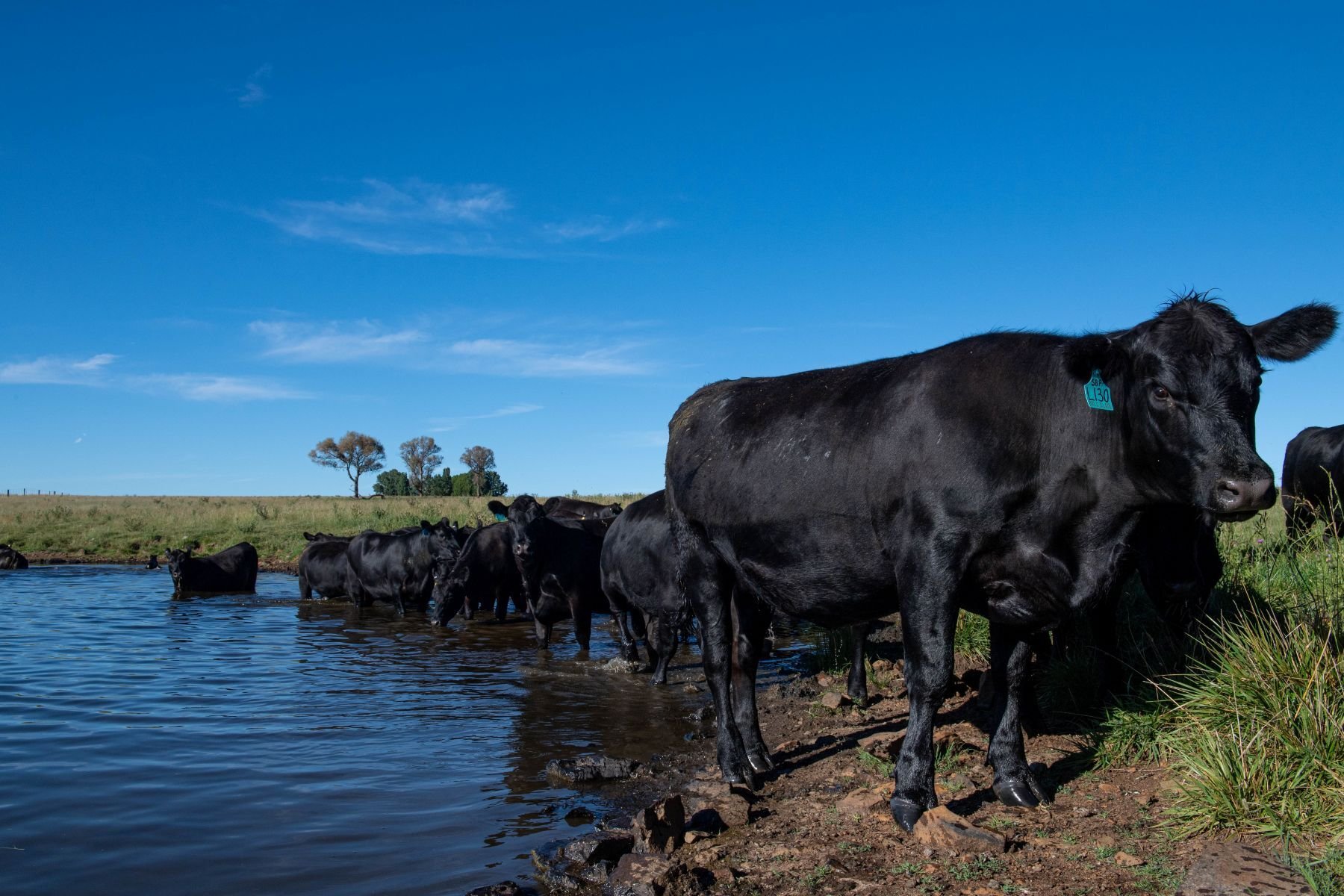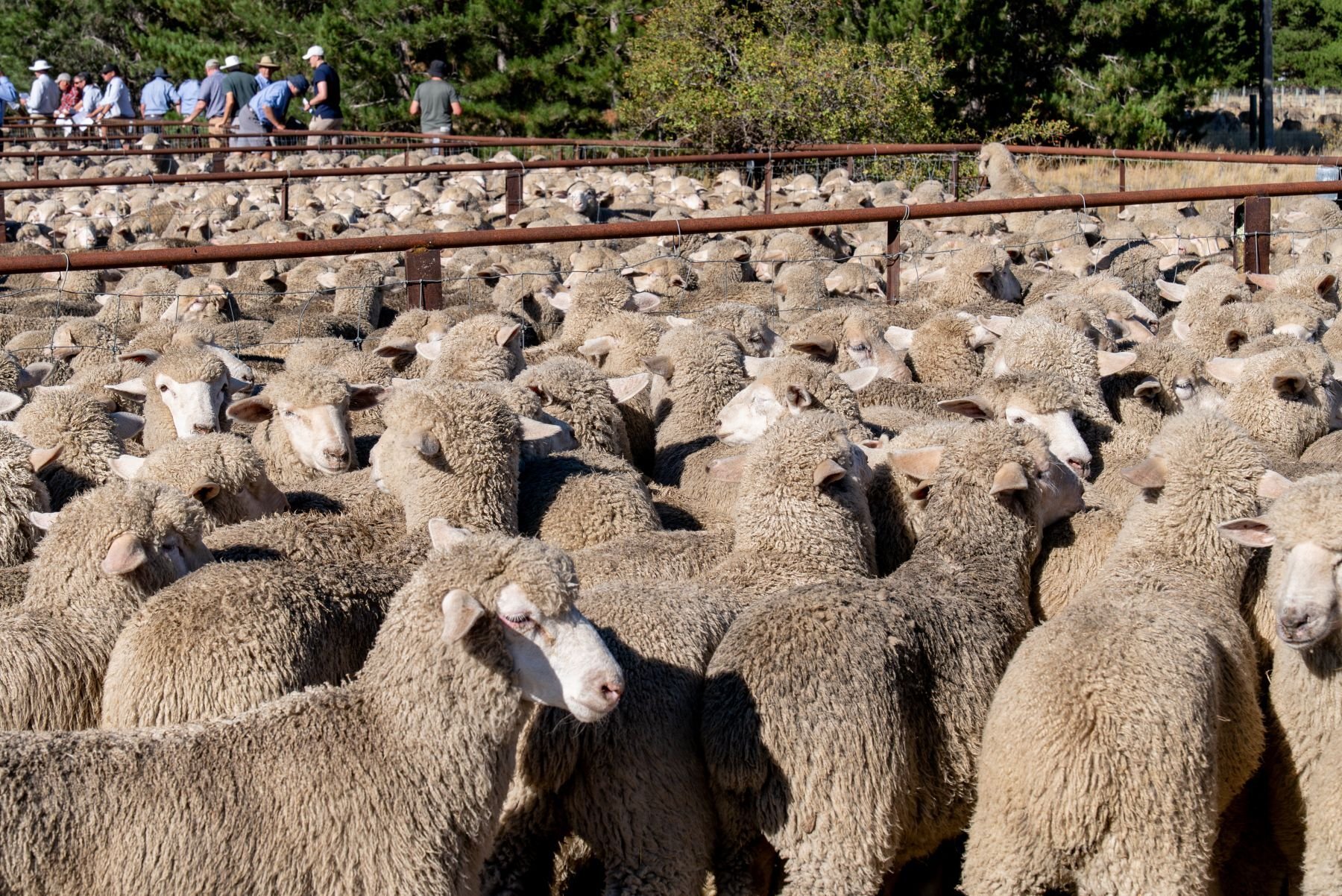How did Australia’s September exports perform?
Beef exports September exports of Australian beef rose 22% year-on-year (YoY)...

Beef exports September exports of Australian beef rose 22% year-on-year (YoY)...

Western Australia’s activity on AuctionsPlus has been quietly consistent over...

Our State of the Market Report tracks market trends across every state during...

Australia’s sheep flock has fallen 6.2% to 74.2 million head as of June 2025,...

The National Processor Cow Indicator has lifted to its highest weekly price on...

Sheep and lamb yardings in 2025 show clear shifts in both timing and volume...

Our State of the Market Report tracks market trends across every state during...
Connecting with communities across regional and rural Australia